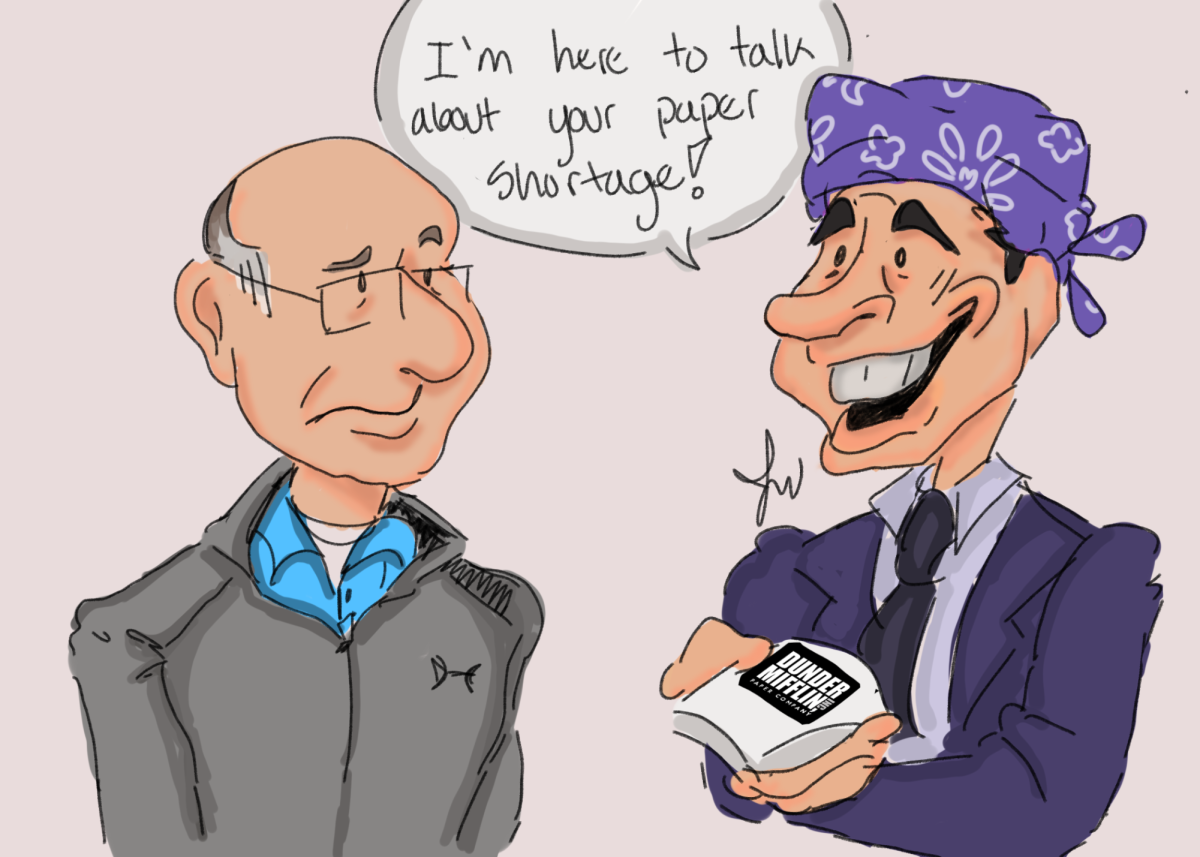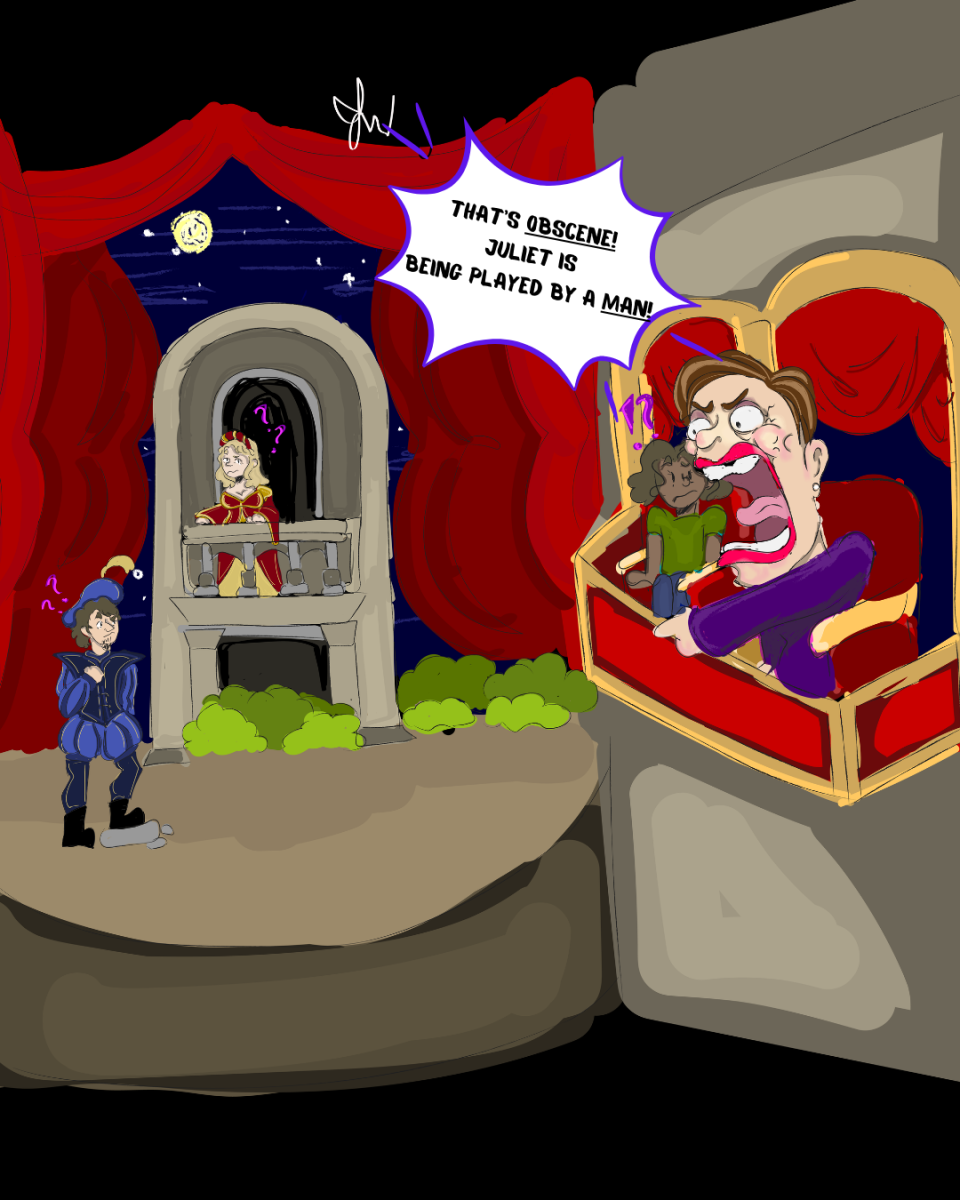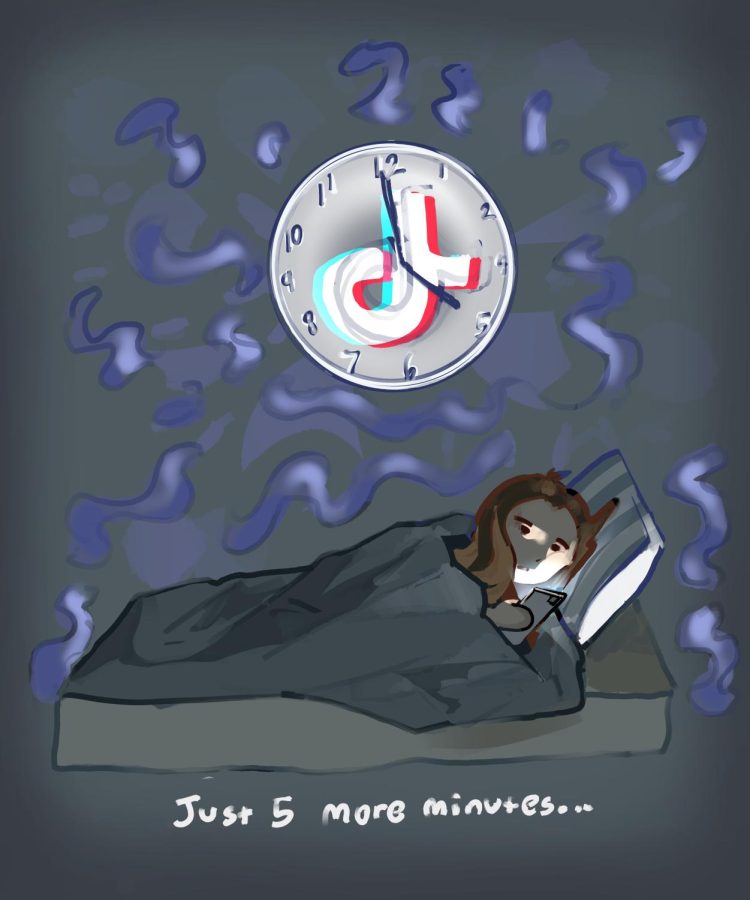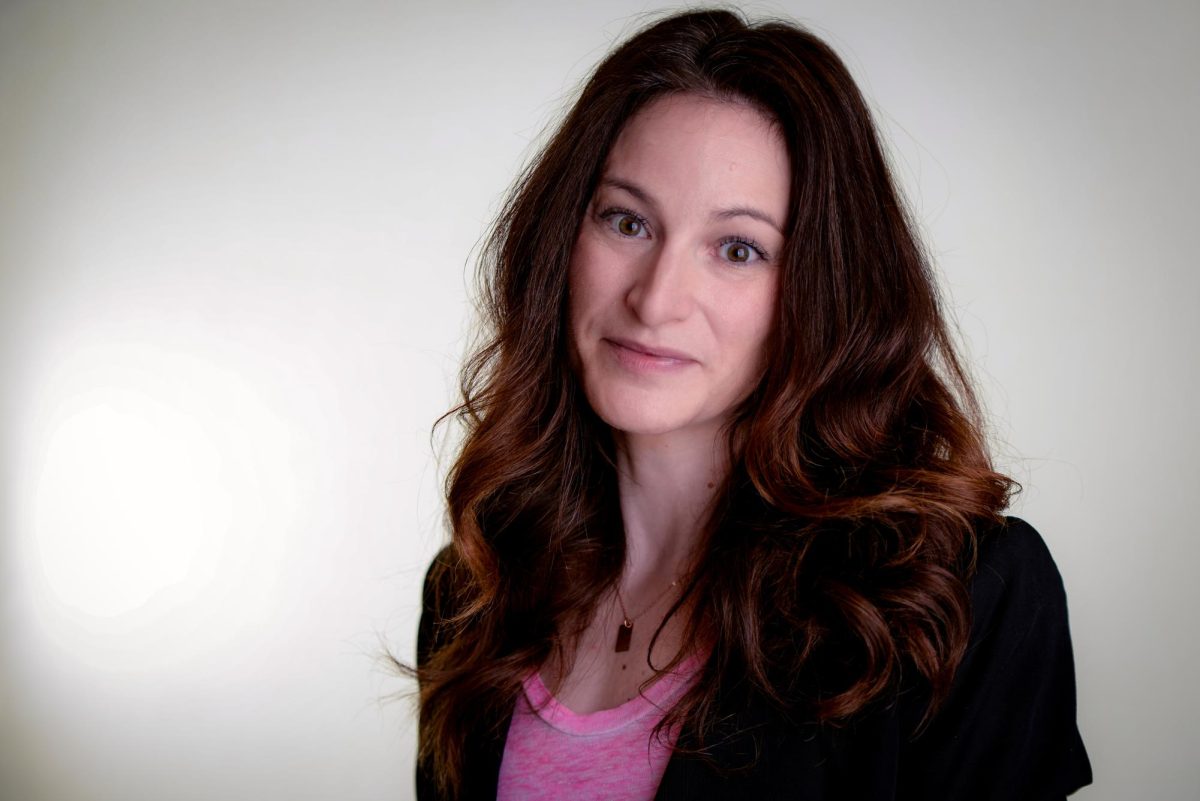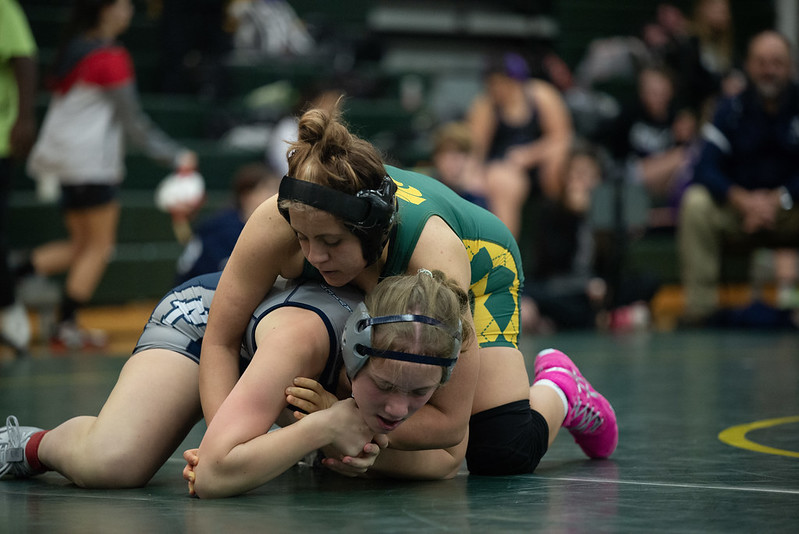Winter is Coming, and so is Seasonal Depression
Jr. Macy Bryner shows the feeling of isolation during seasonal depression
January 4, 2019
Weight gain, mood swings, feeling hopeless and no motivation, are all signs of Seasonal Affective Depression. Seasonal Affective Depression (SAD) is not like regular depression. Unlike regular depression, SAD hits when autumn starts to come to an end and winter is just beginning and stops when the weather becomes warmer. The reason SAD begins in the winter time is because the days seem shorter, the air is cold, and the sky is dark.
SAD is a real mental health issue and could easily be considered ‘school stress’ for how close it is to finals. The most common month for SAD to occur is December because it’s right in the middle of winter season.
“It hits me when it starts to get cold out. Cause all the nice weather is gone and you’re stuck with the crappy weather,” Emma Eltze, jr., said.
Only about 20 percent of people suffer from SAD episodes and 6%percent of people actually suffer from SAD. Having SAD can affect emotions and day to day activities. SAD can cause too much or too little sleep.
“Seasonal depression makes me lose motivation. It’s almost impossible for me to get out of bed or even do homework,” Eltze said. “Many people don’t understand what seasonal depression is and some just think it’s not real. You can’t just tell someone to stop being sad and expect a good response from them. We aren’t faking.”
Junior Morgan Murphy struggles with seasonal depression.
“I have to miss a lot of school because of it,” Murphy said, “It can get really hard to deal with.”
Murphy and Eltze are not the only students at Kennedy who suffer from seasonal depression. Some students aren’t even aware of SAD. If any students are feeling like harming themselves or having suicidal thoughts, tell someone. Students can also call the Suicide Prevention Hotline at 1-800-273-8255.








